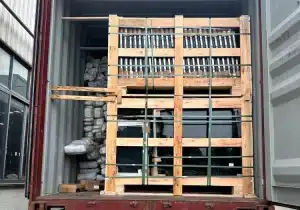
The Hidden System Behind Cross-Border Facade Delivery
The Hidden System Behind Cross-Border Facade Delivery When people admire the shape of a tower or the clarity of a glass facade, few notice the
In recent years, with the acceleration of urbanization and the continuous evolution of building technology, curtain wall systems have been increasingly used in building facades.
From the early basic structure based on glass and aluminum alloy to the current diversified, systematic and intelligent complex system, the curtain wall industry is constantly expanding its application scales while also facing a more complex market and technical environment.
1
In 2024, although the global construction market was affected by macroeconomic fluctuations, projects including large public buildings, commercial complexes and urban renewal still maintained strong demand for curtain wall systems. Especially in the context of green buildings and low-carbon development, for curtain walls, an important carrier of building energy conservation and aesthetics, design requirements and system performance standards have continuously improved.
At the same time, technologies such as BIM (Building Information Modeling), intelligent control systems, and passive energy-saving design have gradually been applied in curtain wall design and construction. And that has pushed the industry from “structural expression” to “system integration”.
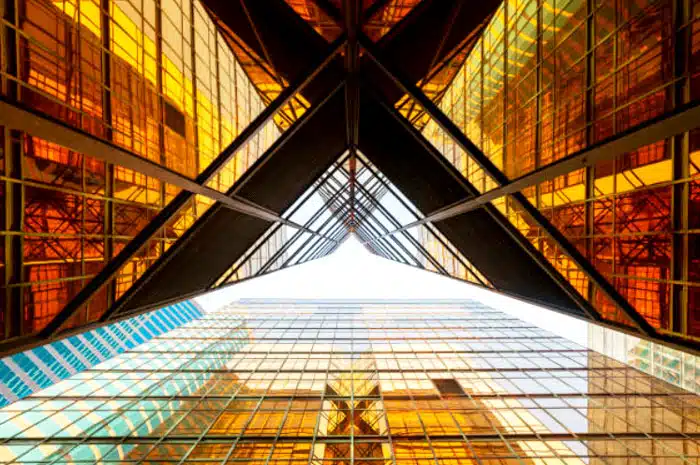
2
With the continuous improvement of building energy-saving standards, curtain walls are no longer just building shells, but a composite system that integrates multiple functions like insulation, sound insulation, sunshade, and intelligent dimming. High-performance systems such as unitized curtain walls, double-layer curtain walls become the popular choice for large projects.
In 2025, the application of digital technology in the entire life cycle of curtain walls will be more in-depth. From parametric design, BIM collaboration, to digital construction and on-site intelligent installation, curtain wall companies are using technical means to improve design accuracy and construction efficiency. So that it can reduce design changes and construction errors and also minimize overall costs.
Nowadays, to keep with the fashion trend, architects usually ask for a more diverse facade expression. And that promotes the widespread application of new materials. Except the traditional aluminum panels and glass, other materials like ceramic panels, stainless steel panels, photovoltaic curtain walls, 3D printed components are being adopted by more projects to satisfy the needs of personalized, green, and low-maintenance buildings.
The curtain wall market in first-tier cities in China is becoming more and more saturated. Besides, the number of new construction projects is stabilizing. However, the cities in the central and western regions, urban renewal projects and overseas markets (especially the Middle East and Southeast Asia) still have growth potential. And that asks enterprises for a more flexible product portfolio and higher service capabilities to adapt to the differences in architectural style, climate environment, and aesthetic preferences in different regions.
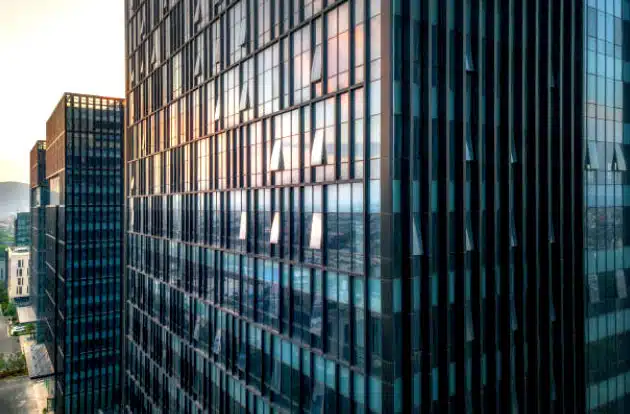
3
In recent years, the prices of major raw materials such as aluminum, glass, and steel have fluctuated frequently. Besides, the cost in labor and transportation continuously increase. All of these have made project cost control more difficult, which squeezes the profit margins of curtain wall companies.
As a highly customized product, curtain walls are closely related to design, processing, and construction. Errors in any link may lead to project delays or rework. Especially in high-difficulty projects like super-high-rise buildings and complex curved surfaces, higher demands are placed on the early stage of in-depth design and on-site execution capabilities.
Although the overall technical level of the industry has improved, there is still a gap with the international advanced level in terms of high-end system curtain walls, intelligent control integration, and low-carbon material development. Some companies still focus on traditional OEM thinking and lack system R&D investment and product innovation capabilities.
At present, there are many domestic curtain wall companies, but the scale and branding are limited. Project competition is mostly price-oriented, which can easily lead to vicious competition and low-quality and low-price bids. And that may hinder the healthy development of the industry.
4
In 2025, the curtain wall industry is at a critical node of transformation and upgrading. How to strike a balance between cost pressure and technological iteration, and find a path between rapid response and high-quality delivery will become the core element of whether an enterprise can develop steadily. The future market belongs to curtain wall companies with system integration capabilities, digital capabilities and international vision.

The Hidden System Behind Cross-Border Facade Delivery When people admire the shape of a tower or the clarity of a glass facade, few notice the
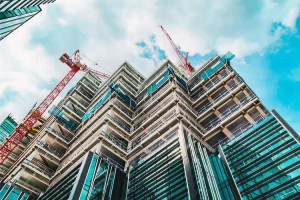
What Developers Really Look for in Façade Partners — and Why It Matters Picking the right façade partner may look easy at first. However, anyone who’s handled a
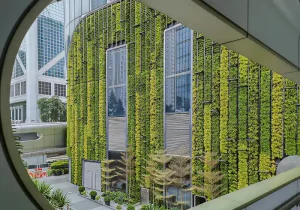
Green Building Trends: Aluminum vs. Stainless Steel for Living Façades As green building shifts from trend to standard, the building’s “skin” is undergoing a transformation.
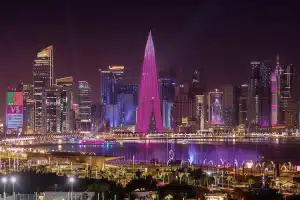
Burj Al Mana Tower: The Story Behind Its Complex Façade and Engineering Rising over Doha’s West Bay, the Burj Al Mana Tower has a story